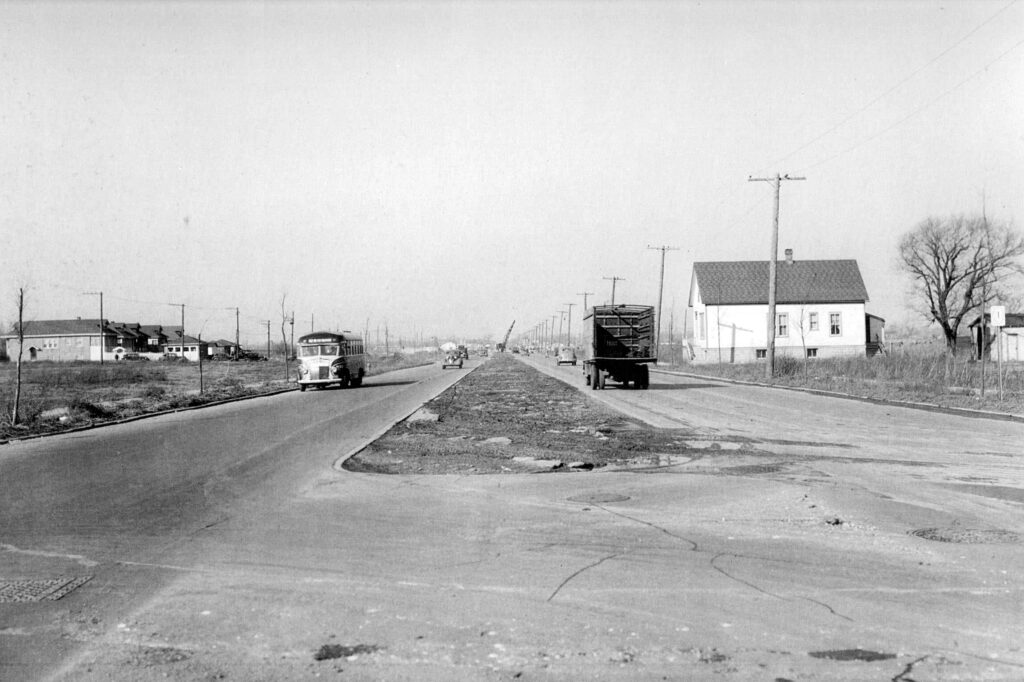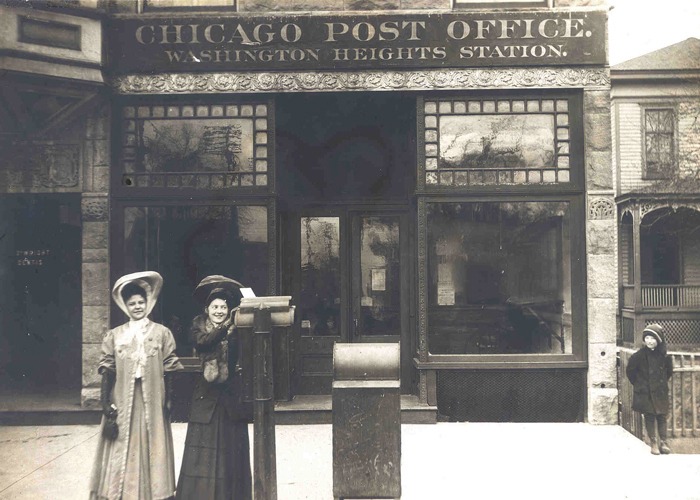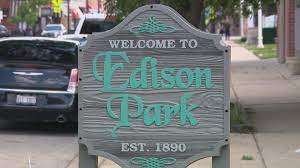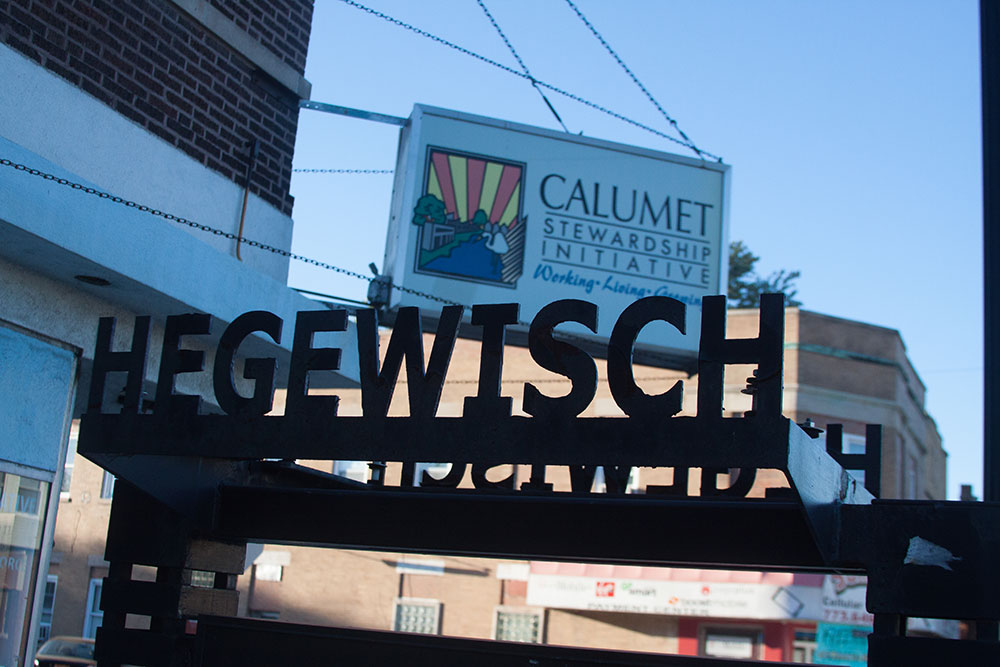Washington Heights in Chicago
Located in the heart of the far south side of Chicago, Washington Heights is a community area that has witnessed a rich tapestry of history, culture, and development. Dive into the origins, historical milestones, and present-day aspects of Washington Heights, offering a comprehensive look at this vibrant Chicago neighborhood.
A Brief Overview
Washington Heights is recognized as the 73rd among Chicago’s 77 community areas. Approximately 12 miles from the Loop, this neighborhood falls on the city’s far south side. The community area includes the historical settlements known as Brainerd and Fernwood.
The Historical Journey
From Farmland to Subdivision
During the period from the 1830s to the 1860s, Washington Heights was primarily inhabited by farmers. However, the advent of the railroad industry in the mid-1860s brought a significant shift in the area’s population and economy.
By 1866, Willis M. Hitt and Laurin P. Hilliard had purchased land for development along 103rd street from Loomis to Racine. In 1869, the Blue Island Land and Building Company acquired and subdivided a large swath of land, paving the way for the rapid growth of Washington Heights.

Incorporation and Annexation
By 1874, the area had grown enough to earn its status as an incorporated village. However, the pace of progress did not stop there. In 1890, Washington Heights and Brainerd were annexed to the city of Chicago. Fernwood, another settlement in the area, was annexed a year later in 1891 and became a part of Washington Heights.
The 20th Century Transition
The early 20th century saw the construction of brick bungalows, which gave a distinct character to the neighborhood. These houses were built between 1920 and 1950, and during this period, the community was primarily home to white ethnics, including Germans, Swedes, and mainly Irish, many of whom had moved from South Englewood and Greater Grand Crossing.
After World War II, the neighborhood experienced a significant demographic shift as African Americans began to settle in the area, particularly to the east of Halsted. By 1970, the community had grown to a population of 36,540, with African Americans making up 75 percent.
Geographic Layout
The geographic layout of Washington Heights is defined by its boundaries of 89th and 107th Streets and two railroad lines roughly at Ashland Boulevard to the west and Stewart Avenue to the east. The community area includes the neighborhoods of Brainerd, Washington Heights, and Fernwood, and covers an area of 2.1425 square miles.
Education and Recreation
Washington Heights is home to several schools, parks, and recreational facilities, offering a range of educational and leisure opportunities for its residents. The area’s public schools are part of the Chicago Public Schools district.
Economy and Employment
The economy of the area is diverse, with healthcare as the leading employer. Other significant sectors include administration, education, retail, and public administration.
Notable Landmarks
Among the notable landmarks in the neighborhood is the Woodson Branch of the Chicago Public Library at 95th and Halsted. This library is home to the Vivian Harsh Collection, recognized as the second-largest collection of African American history and literature in the Midwest.
Washington Heights, with its rich history, diverse population, and vibrant community, is undeniably a significant part of Chicago’s landscape. This neighborhood, with its blend of historical charm and modern conveniences, continues to evolve, offering a unique living experience in the heart of Chicago. Whether you’re a resident or a visitor, this great Chicago neighborhood offers a glimpse into the dynamic tapestry that is Chicago.


